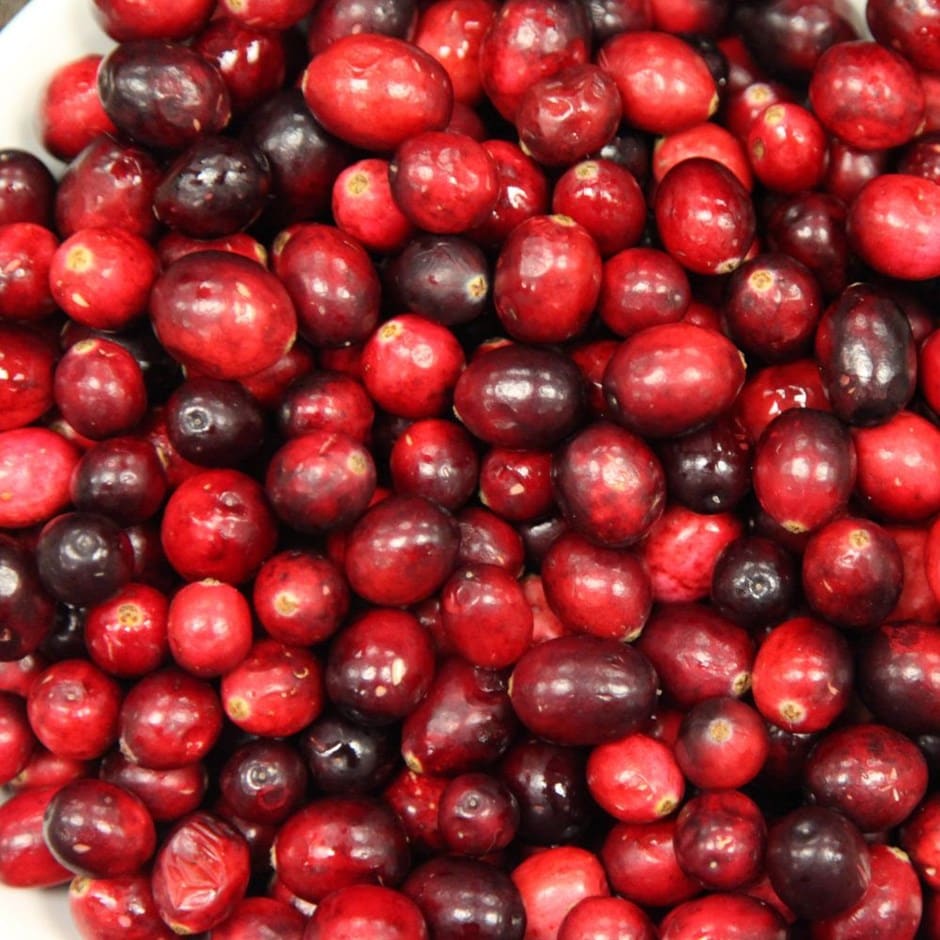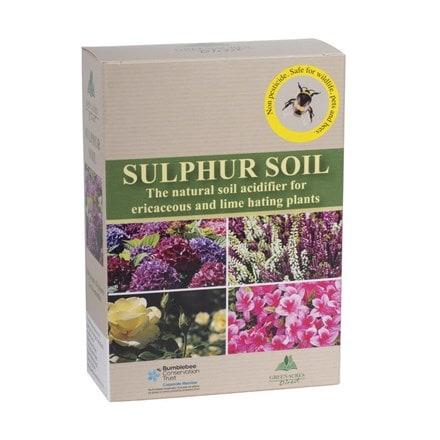cranberry 'Pilgrim'
cranberry Pilgrim or Vaccinium macrocarpon 'Pilgrim'
- 3 litre pot
- £24.99
- In stock (shipped within 2-3 working days)
- 2 + 1 FREE 3 litre pots
- £49.98 £16.66 each
- In stock (shipped within 2-3 working days)
Delivery options
- Standard £5.99
- Position: full sun
- Soil: prefers moist, but freely draining acidic soil but will grow in sandy or normal soil
- Rate of growth: fast
- Hardiness: fully hardy
This low-growing, evergreen cranberry has small, leathery leaves on lax stems that have an arching habit. Its attractive shape can be best admired when planted in a container so it can cascade over the sides of the pot. The tiny pinkish-red flowers appear in spring and are followed by tart dark red berries that are packed with nutrients and vitamins.
Plant in an acidic, well-drained but moisture-retentive soil, ideally in a sunny spot. Improve the soil with plenty of composted organic matter or ericaceous compost at planting. Keep plants consistently moist, especially during dry spells, as cranberries prefer boggy conditions. Mulch with ericaceous compost or pine needles to conserve moisture and suppress weeds.
Prune in winter by removing dead, damaged, or weak branches to maintain airflow and encourage healthy growth. Avoid cutting into old woody stems. Fertilise in spring with a slow release fertliser, and top-dress with ericaceous compost to support flowering and fruit set.
Cranberries are typically ready to harvest from late summer into autumn, once the berries are firm and fully coloured. Gently pick berries by hand or shake branches over a sheet to collect ripe fruit, leaving unripe berries to mature.
Prune in winter by removing dead, damaged, or weak branches to maintain airflow and encourage healthy growth. Avoid cutting into old woody stems. Fertilise in spring with a slow release fertliser, and top-dress with ericaceous compost to support flowering and fruit set.
Cranberries are typically ready to harvest from late summer into autumn, once the berries are firm and fully coloured. Gently pick berries by hand or shake branches over a sheet to collect ripe fruit, leaving unripe berries to mature.


